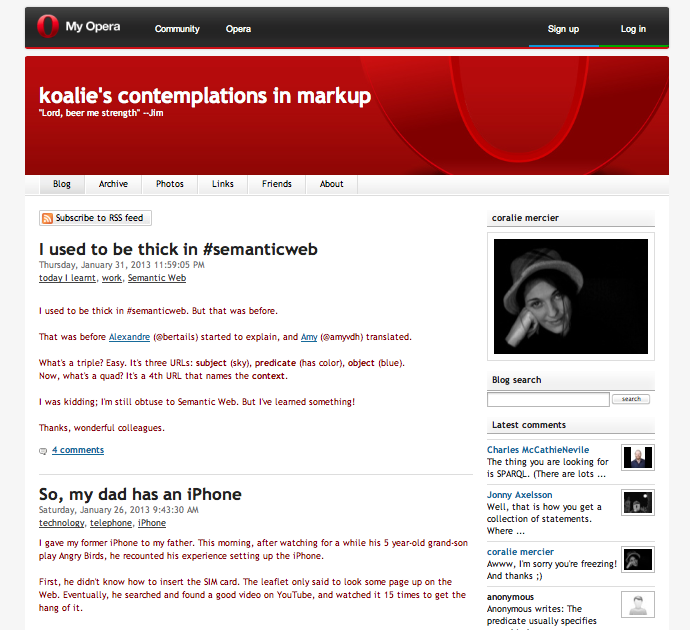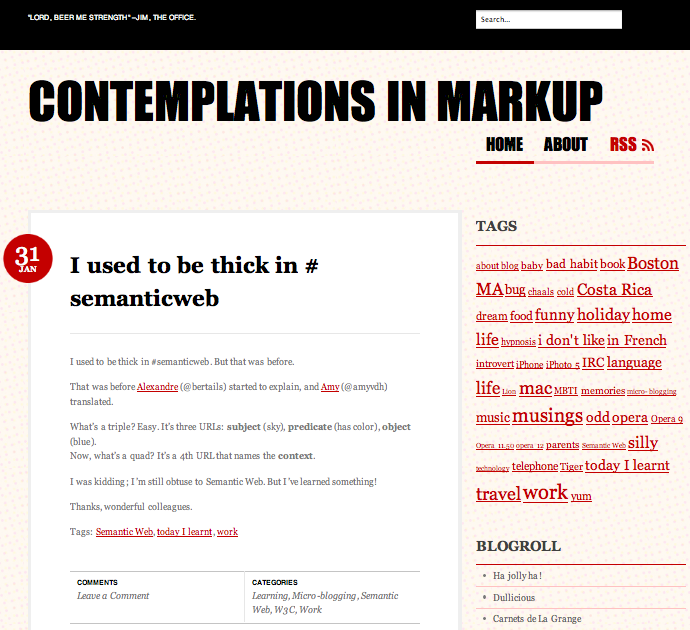Le décor lui-même combattait la laideur. Les montagnes de la chaîne Kasagi n’étaient pas d’une beauté moins saisissante à la tombée du jour qu’au lever du soleil ; l’eau était pure et claire — idéale, disait-on, pour faire le thé. Les fleurs de prunier de Tsukigase étaient proches, et les rossignols chantaient de la saison de la fonte des neiges à celle des orages ; leurs sonorités de cristal étaient aussi limpides que les eaux montagnardes.
[…]
– C’est stupéfiant, disait Musashi dont les yeux erraient sur les récoltes champêtres et les paysans qui s’adonnaient à leurs travaux. Stupéfiant, répéta-t-il plusieurs fois.
[… Après quelques explications de Musashi, Jōtarō reprend.]
– En tout cas, vous n’êtes pas venu ici pour admirer le paysage. N’allez-vous pas combattre les samouraïs de la maison de Yagyū ?
– Dans l’art de la guerre, combattre n’est pas tout. Les hommes qui le croient, qui se contentent de nourriture à manger et d’un endroit pour dormir, ne sont que des vagabonds. Un étudiant sérieux se soucie beaucoup plus de former son âme et de discipliner son esprit que d’acquérir des talents martiaux. Il doit apprendre toutes sortes de choses : la géographie, l’irrigation, les sentiments de la population, ses us et coutume, ses rapports avec le seigneur du pays. Il veut savoir ce qui se passe à l’intérieur du château, et non point seulement ce qui se passe à l’extérieur. Il veut, essentiellement, aller partout où il pleut, et apprendre tout ce qu’il peut.
Je lis La pierre et le sabre, d’Eiji Yoshikawa, un récit initiatique de la vie d’un personnage historique réel, dans le Japon du XVIIe siècle. Celui de Musashi, l’inventeur de la voie des deux sabres. Je me régale. Je l’avais lu adolescente, et je le redécouvre, je le savoure.
L’extrait plus haut illustre tellement bien Miyamoto Musashi, le samouraï en quête de raffinement, de perfection, et de son humanité. Au gré de ses voyages, il observe, se réjouit, il découvre, il tire des enseignements. Et lorsqu’il se bat, c’est à l’instinct, avec une violence implacable et une précision inouïe.
Sur la plaine de Hannya dix jours auparavant, Musashi avait tué une douzaine de rōnins en moins de temps qu’il n’a fallu à un observateur du combat de respirer vingt fois. J’ai compté, ça me prend une minute et vingt-deux secondes pour respirer vingt fois. Balaise.
Et là, au pied du mont Kasagi, il est fasciné que les arbres des forêts sont nombreux et vieux, que les champs sont verts et que les paysans ne regardent pas d’un œil envieux les voyageurs richement vêtus.

